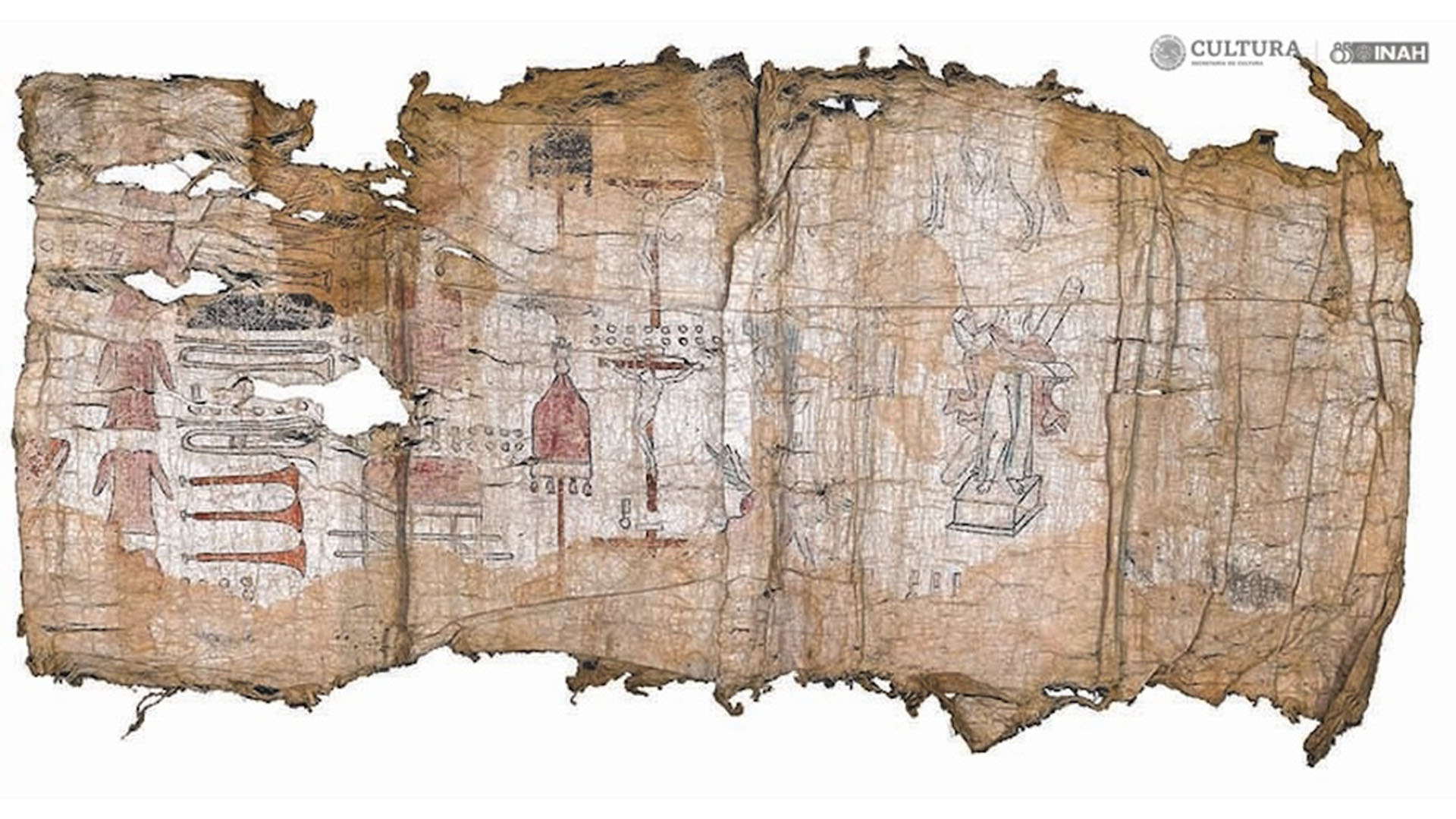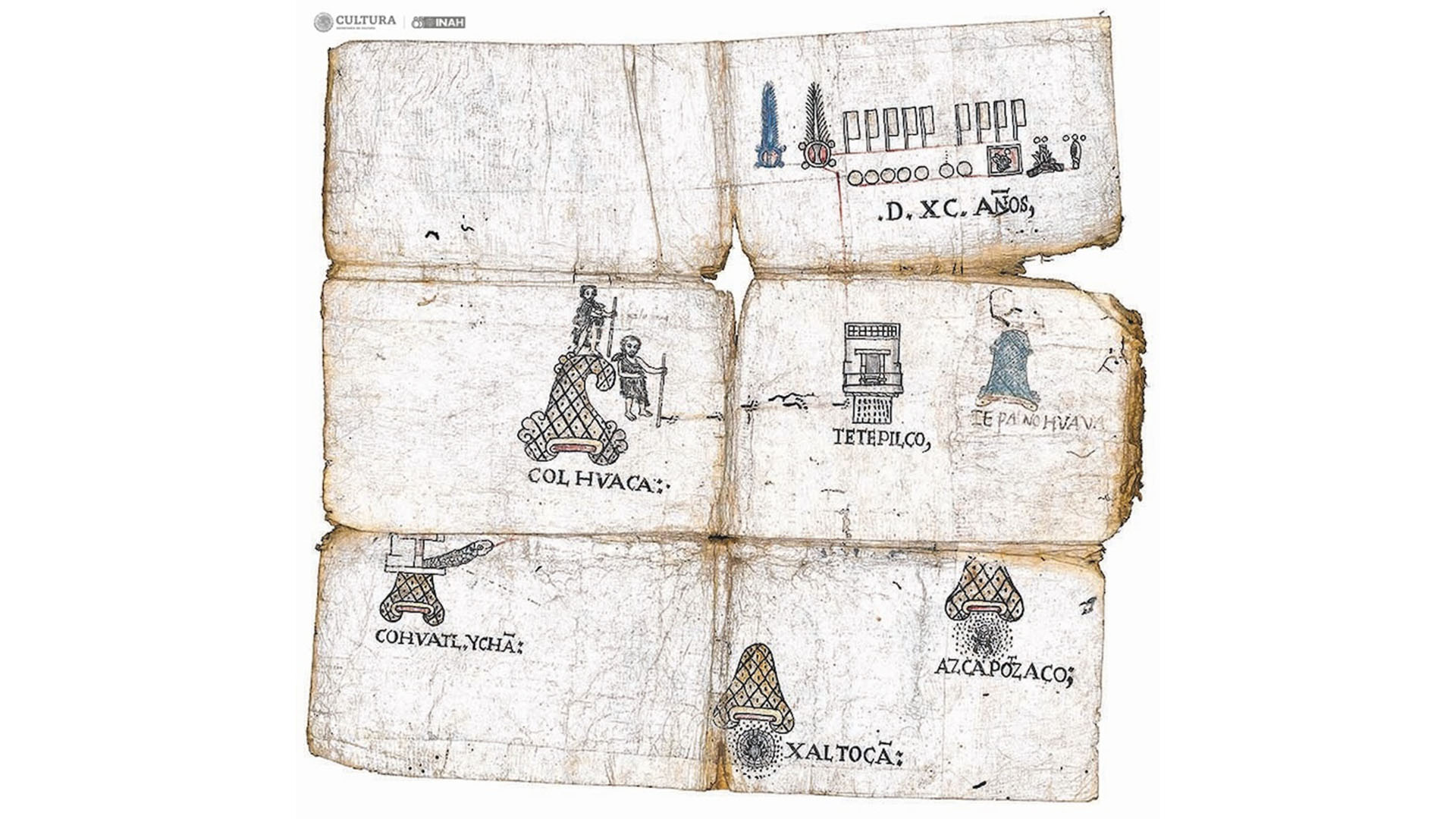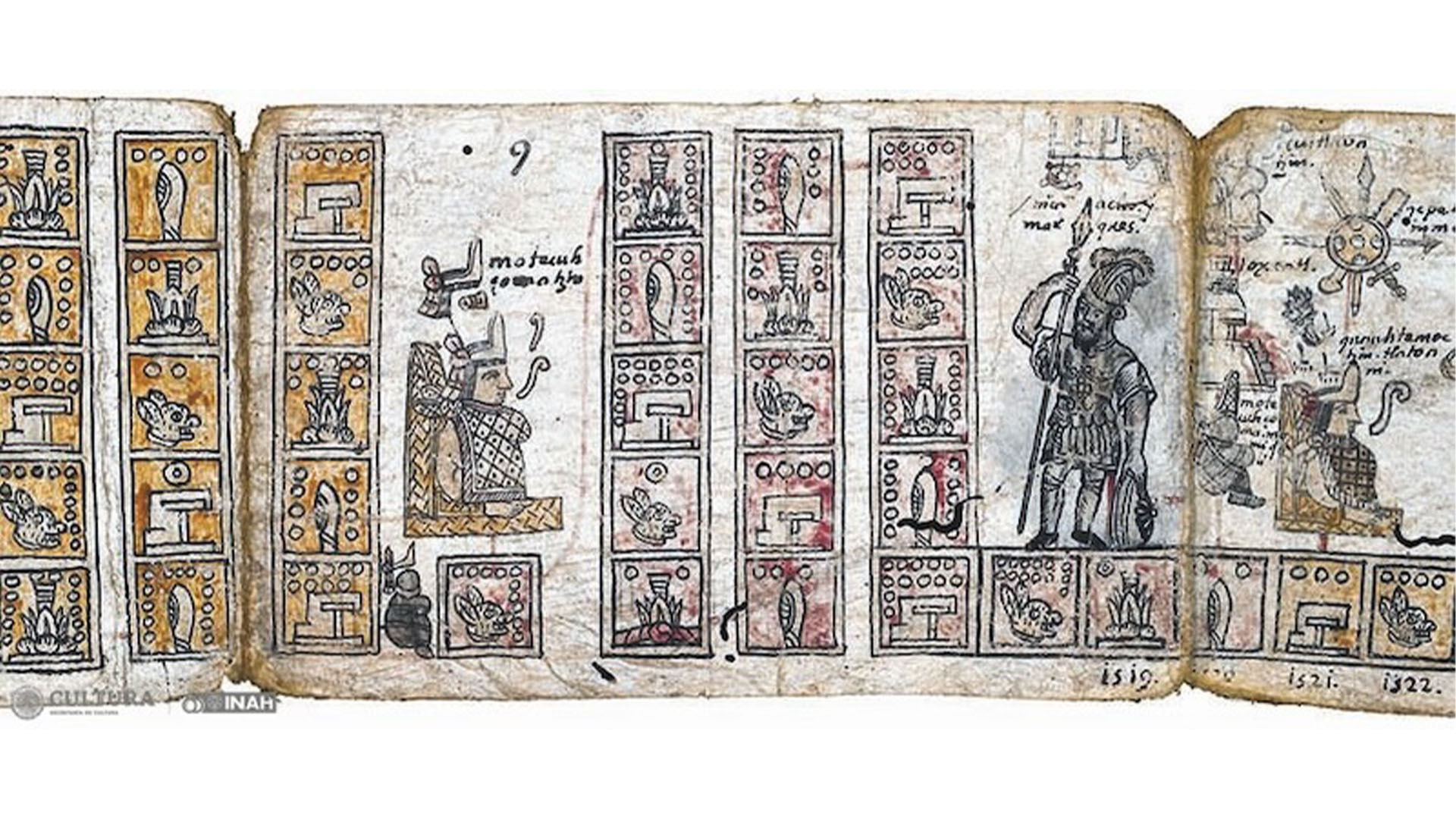Centuries-old Aztec texts detail history of their capital, conquests and fall to the Spanish
Three codices from the 16th and 17th century describe historical details about the Aztecs and the area that is now Mexico City.

Centuries-old codices from what is now Mexico hold a wealth of knowledge about the Aztecs in their native language, including details about the founding of their capital, their conquests and their fall to the Spanish, according to Mexico's National Institute of Anthropology and History (INAH).
The Mexican government recently bought three illustrated codices, known as the Codices of San Andrés Tetepilco, from a private family that had passed down the Aztec documents for generations, the Spanish newspaper El País reported.
The Aztecs ruled over a large area of Mexico during the 15th and 16th centuries. Their capital was at Tenochtitlán, in what is now Mexico City. Between 1519 and 1521, a Spanish force conquered the Aztecs and established Spanish rule over the area. Codices written in the Indigenous Nahuatl language and Spanish continued to be produced into the early 17th century.
Related: 'Lost' 1,500-year-old Teotihuacan village discovered in the heart of Mexico City
One of the newly purchased codices describes the founding of Tenochtitlán around 1300 and the lords who ruled it in pre-Hispanic times, INAH representatives said in a translated statement. The codex also describes the Aztec conquest of the city of Tetepilco around 1440 and how that city's ruler swore vassalage to the Aztecs. It even details the arrival of the Spanish in 1519 and their rule up to the year 1611, the statement said. The Spanish continued to rule Mexico until 1821.

The codices were owned by a Mexico City family, who requested anonymity. When scientists at Metropolitan Autonomous University in Mexico City examined the codices, they found that two of the sheets were written on amate, or bark paper, and that the codices' inks were made from plants, charcoal and indigo, creating the colors red, yellow ochre, black and blue. After the documents' authenticity was confirmed, the government negotiated with the family and purchased the three codices for 9.5 million pesos (about $570,000), the statement said.

The two other codices sold by the family include one that describes the founding of Tetepilco and another that details the assets held by a church in Tetepilco, El País reported.
Sign up for the Live Science daily newsletter now
Get the world’s most fascinating discoveries delivered straight to your inbox.
All three codices are now in the National Library of Anthropology and History's Collection of Mexican Codices (BNAH), and researchers will study the texts in greater detail to learn more about Mexico's history, according to the INAH statement.

Owen Jarus is a regular contributor to Live Science who writes about archaeology and humans' past. He has also written for The Independent (UK), The Canadian Press (CP) and The Associated Press (AP), among others. Owen has a bachelor of arts degree from the University of Toronto and a journalism degree from Ryerson University.










